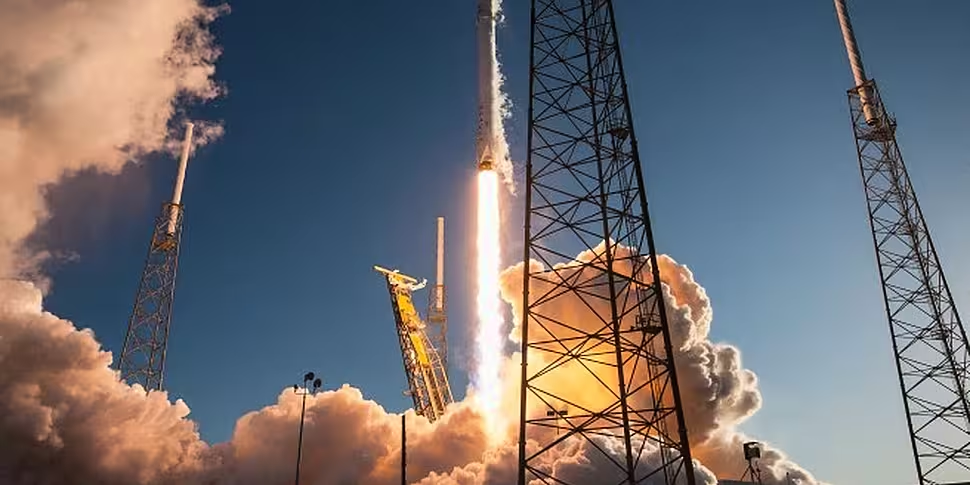NASA has launched a new mission it hopes will discover thousands of new worlds beyond our solar system.
The Transiting Exoplanet Survey Satellite (TESS) launched from Cape Canaveral just before midnight last night.
The satellite will use four cameras to hunt for planets around some of the closest and brightest stars in the sky.
The spacecraft will build upon the success of the Kepler space telescope, which has found more than 2600 exoplanets.
Exoplanets - or Extrasolar Planets - are worlds orbiting stars outside our solar system.
How many worlds exist outside our solar system? @NASA_TESS launched from planet Earth today at 6:51pm ET to hunt for planets around some of the closest & brightest stars. TESS will use 4 cameras to search nearly the entire sky for unknown worlds. More: https://t.co/5hUW3XhaTo pic.twitter.com/xuH5q0wqN9
— NASA (@NASA) April 19, 2018
TESS was launched by a SpaceX Falcon 9 rocket aiming for a highly irregular orbit that will stretch all the way to the moon.
It is expected to scan almost the entire night sky over its two year mission, investigating hundreds of thousands of stars between three and 30 million light years away from Earth.
“We are thrilled TESS is on its way to help us discover worlds we have yet to imagine, worlds that could possibly be habitable, or harbour life,” said Thomas Zurbuchen, associate administrator of NASA’s Science Mission Directorate in Washington.

TESS launch from Cape Canaveral, 18-04-2018. Image: SpaceX
The satellite will aim to locate planets that can be studied further by upcoming missions, including the highly anticipated James Webb Space Telescope - due to launch in May 2020.
Mr Zurbuchen said the mission will "help us study the details of these planets" adding that he believes we are "ever closer to discovering whether we are alone in the universe.”
Tess will use six thruster burns over the coming weeks to continually elongate its orbit -eventually reaching as far as the moon.
It will then use the moon's gravity to move into its two week (13.7 day) orbit around Earth.

This image shows the Transiting Exoplanet Survey Satellite’s trajectory from launch to final mission orbit. The green line represents the phasing loops before the lunar flyby. The yellow is the resulting trajectory from the flyby and the red shows the final mission orbit. IMAGE: NASA
The unusual orbit will see the spacecraft periodically returning close to home before shooting back out into space.
“One critical piece for the science return of TESS is the high data rate associated with its orbit,” said George Ricker, TESS principal investigator at MIT (Massachusetts Institute of Technology).
“Each time the spacecraft passes close to Earth, it will transmit full-frame images taken with the cameras.
"That’s one of the unique things TESS brings that was not possible before.”
Transit method
TESS will be searching for phenomena called transits - the moment a planet passes in front of its parent star causing a periodic dip in the star' s brightness.
The technique is not without its faults, as it only detects planets that pass in front of stars from the satellite's perspective.
However, more than 78% of the exoplanets discovered so far have been found using the transit method.

TESS launch from Cape Canaveral, 18-04-2018. Image: SpaceX
Nearly 4,000 exoplanets have been discovered since 1988.
After nine years in orbit, the Kepler planet-hunting satellite is running extremely low on fuel is likely to stop operating within months.
TESS will be examining much closer (and brighter) stars and researchers will be able to determine a planet’s mass, density and atmosphere by examining the starlight as it passes through the planet's atmosphere - a technique called spectroscopy.
The discovery of water - or other key molecules - in a planet's atmosphere can provide scientists with hints about its capacity to harbour life.









